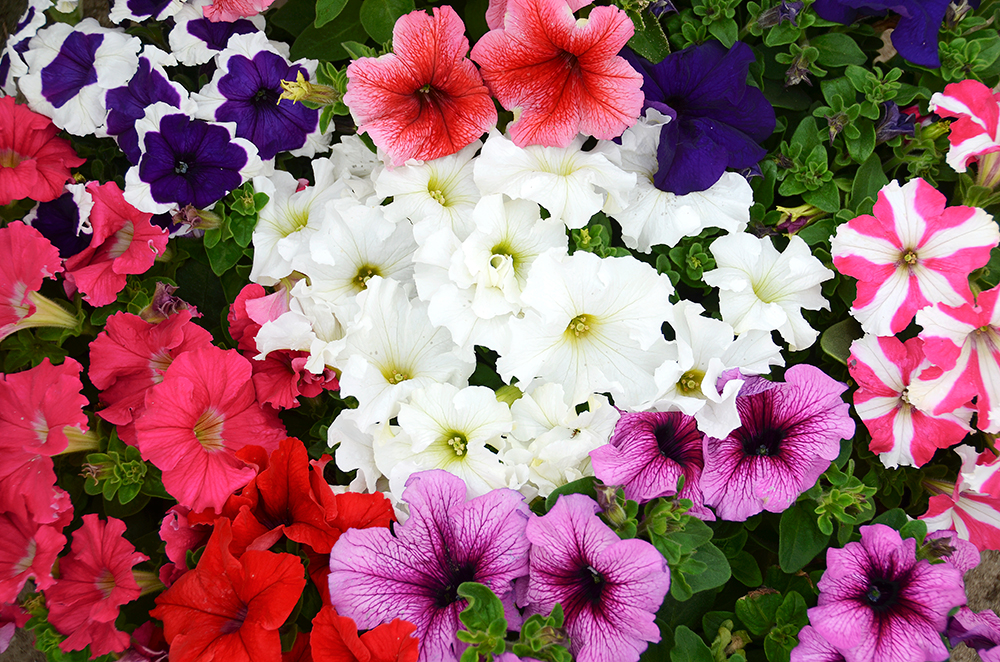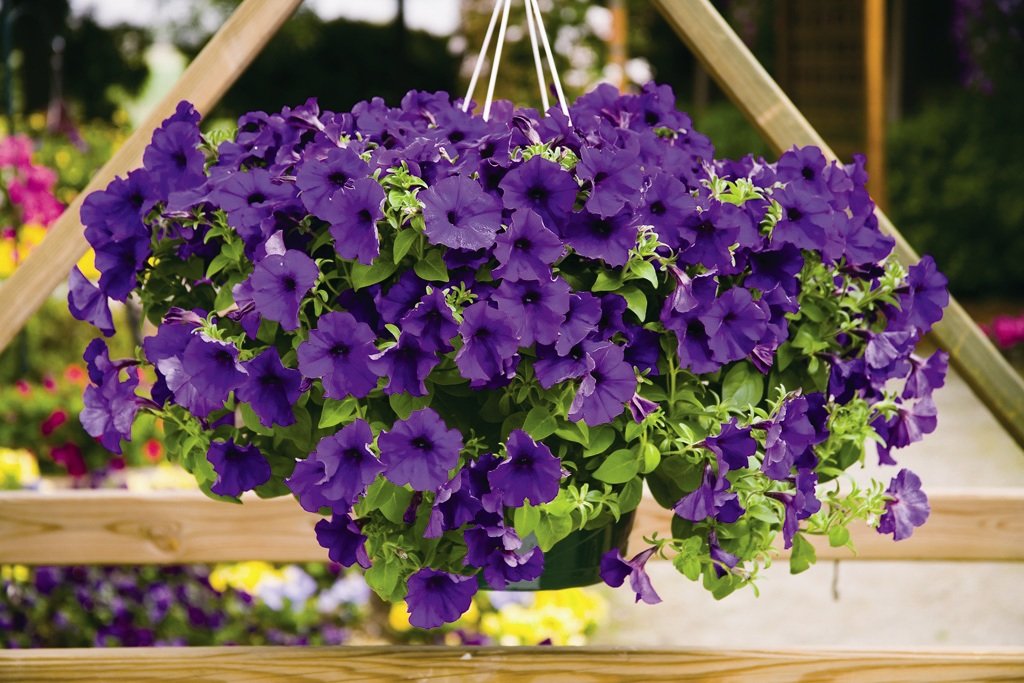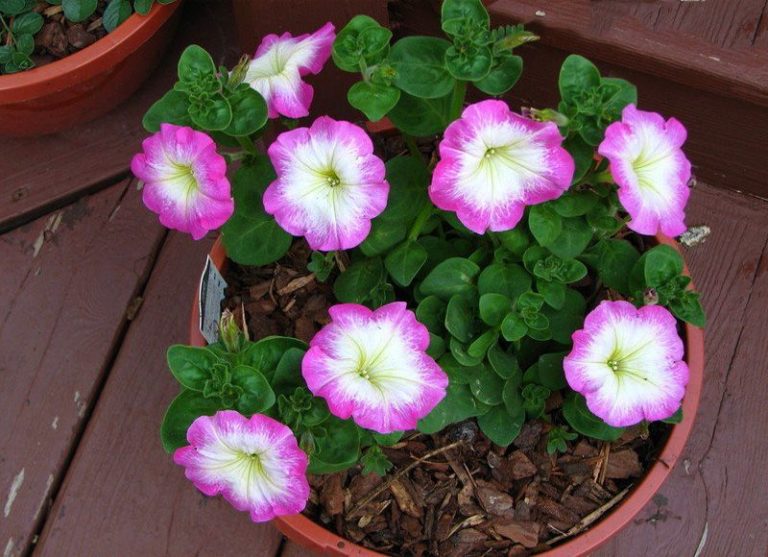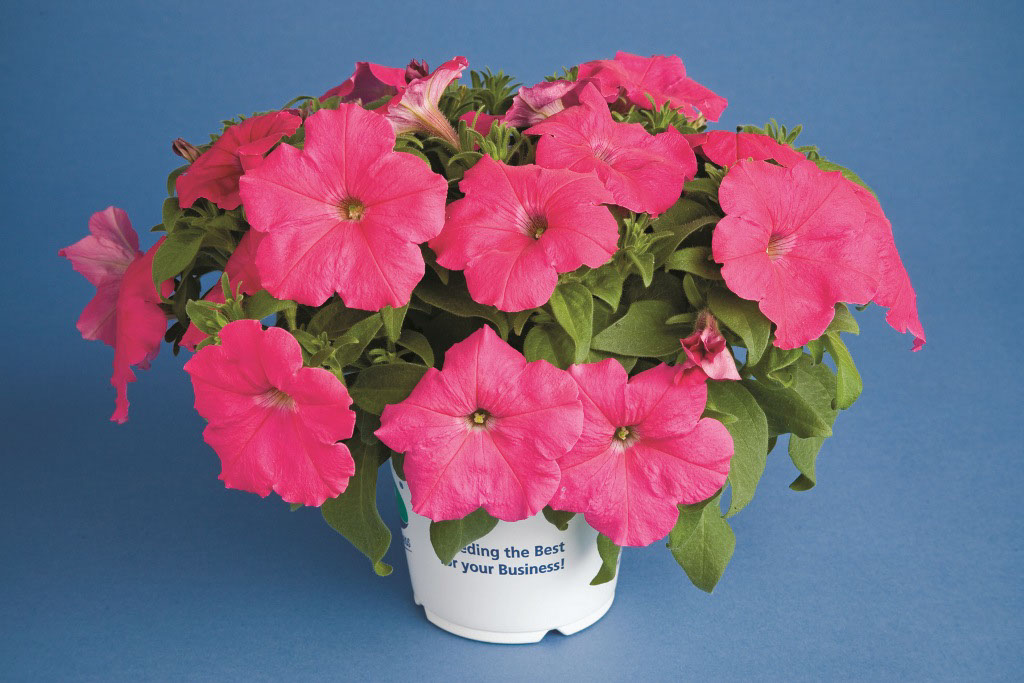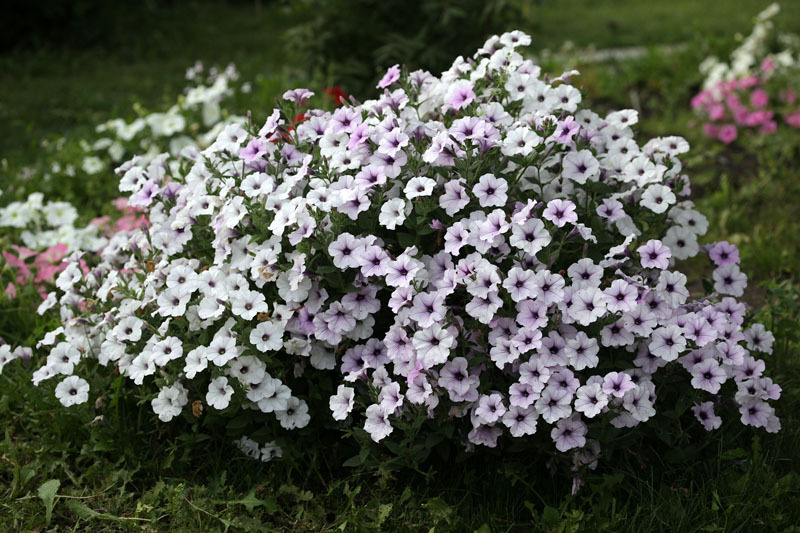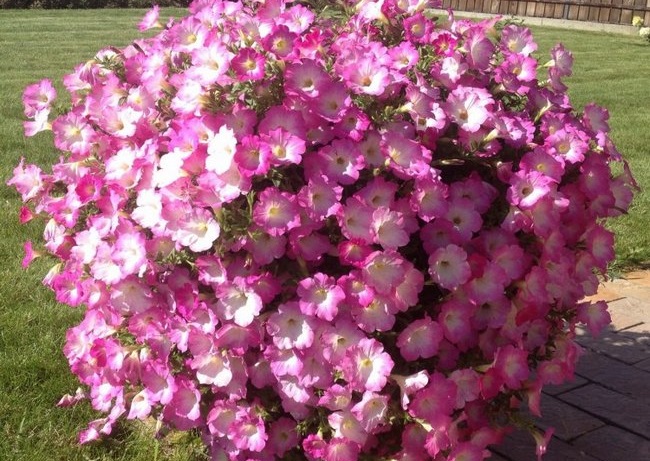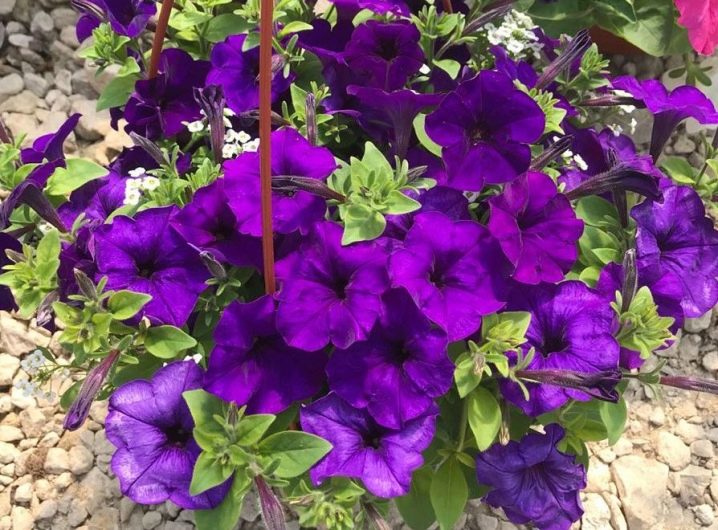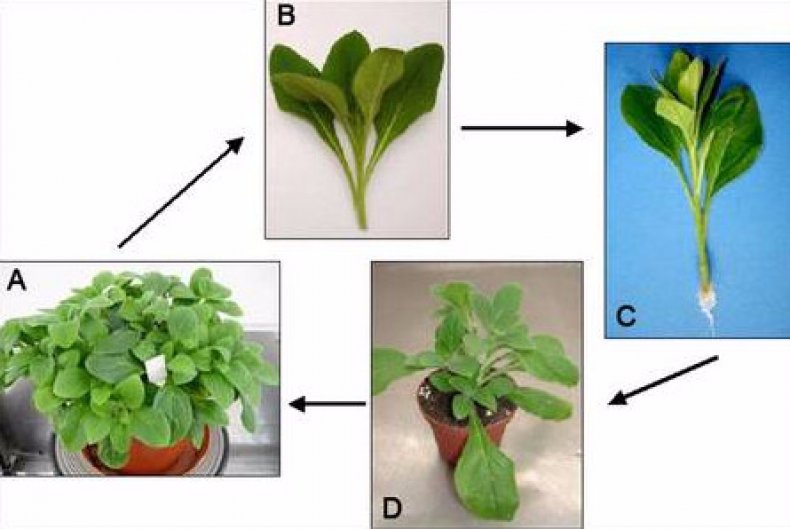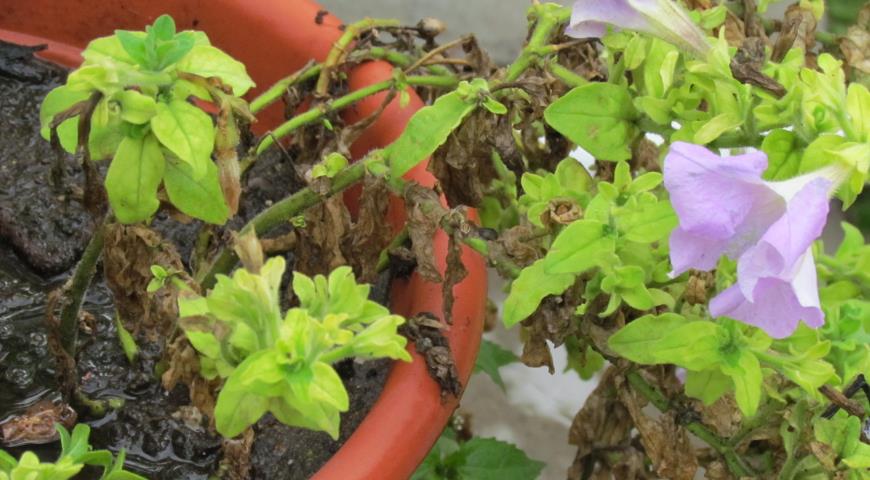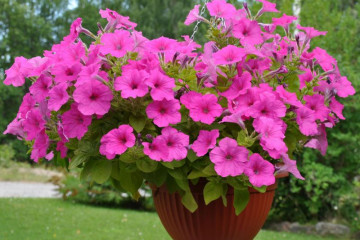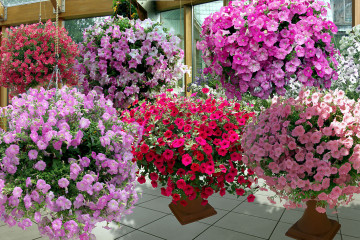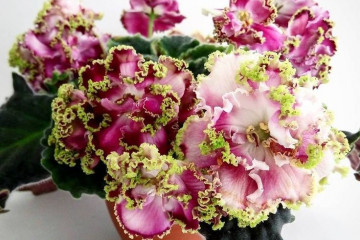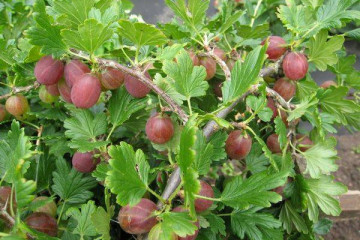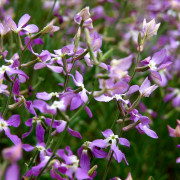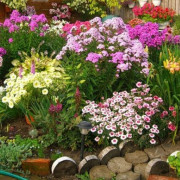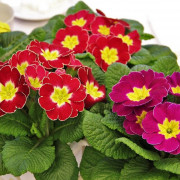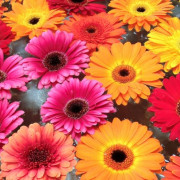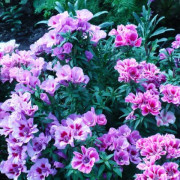Petunia flowers - characteristics of the best varieties of Taidal and La Gioconda
Content:
Petunias are flowers that are distinguished by bright and abundant flowering, in natural conditions related to herbaceous and semi-shrub subspecies. Cultivars are grown as annuals, some can be kept as indoor flowers.
Briefly about the petunia flower
Petunia flowers are characterized by erect or creeping shoots, the bush can grow up to 10-100 cm.
The flower is a member of the Solanaceae family. According to various sources, the genus includes 15-40 varieties.
In nature, culture can be found in Argentina, Brazil, Paraguay, Bolivia and Uruguay. It was brought to European territories in the 19th century.
Classification of petunias by groups
According to the description, the division takes place into several large subgroups.
- Ampelny
They grow 30-120 cm, the bushes are covered with funnel-shaped buds. Grown as annuals, because of the flowing stems, they are often used for hanging pots.
- Cascading
Can be grown in home gardens and in hanging pots.
- Floribunda
It is a large-flowered plant with abundant flowering. Cold-hardy bushes do not depend on the vagaries of the weather.
- Bush
They are considered the most common, with buds of various sizes. Used to create borders and flower beds, grown as annuals.
Flower lovers are also interested in calibrachoa. Its flowers are similar to petunia, but they do not belong to them. Calibrachoa belongs to the Solanaceae family, characterized by one and a half meter shoots. The buds are numerous, small in size, do not exceed 3 cm in diameter. The central part is always darker than the main corolla.
Flower size classification
Botanists distinguish three variations of buds, according to their diameter.
- Milliflora. Refers to small-flowered, the maximum size in diameter is 4 cm. Bushes are of a compact type, in season they are completely covered with flowers. Due to their small volume, the buds are not damaged by strong winds.
- Multiflora. The multi-flowered version is characterized by large flowers. The maximum volume across is 8 cm.
- Grandiflora. The variety cannot boast of abundant flowering, but each bud is 16 cm in diameter. Due to its unusual size, it is more susceptible to the influence of bad weather.
Color classification
The culture has different types of colors: monochromatic, with a delineated border, small and large blotches, veins of a different shade. The color scheme is replete with variety. Petunia flowers can be:
- red;
- purple;
- yellow;
- white;
- pink;
- orange;
- blue;
- lilac.
Description and characteristics of the best varieties
Among the many varietal varieties, there are those that are more often grown in personal plots.
Taidal
The variety, up to 0.6 m in height and up to 6 cm in diameter, is the Taidal petunia. Refers to multiflora, characterized by massive formation of flowers and shoot lengths up to 1.5 m.
La Gioconda
Deservedly considered a leader among relatives in terms of the variety of colors and shapes of buds.
Petunia Gioconda belongs to annual hybrids, blooms for a long time. Does not freeze at a temperature of -8 degrees.
Thunder Sky
Petunia Stormy sky has a non-standard color of petals: snow-white blotches are clearly visible on a dark red background. In the bright sun, pale yellow rhombs can be seen on the buds.
Surfinia
The Japanese Surfinia petunia always has a dark middle, regardless of the main color. It is designed for living in unfavorable climates, easily tolerates gusty winds and rains.
Opera
Japanese hybrids include Opera petunia. There are many colors of petals in the group, including snow-white tones.
Limbo
Large-flowered variations include Limbo petunia. Dwarf bushes grow up to 20 cm, and each bud can reach up to 13 cm in diameter.
Easy Wave
Bred by American specialists, it is characterized by a sweetish aroma.
Tornado
It is known for its large size and fast, active growth. His series includes Typhoon, hybrid petunia Silver, Cherry.
Fanfare
A characteristic feature of this petunia flower is its increased resistance to drought. It reproduces vegetatively, large buds are painted in red shades.
Ramblin
A series of multi-flowered cascading petunias is characterized by increased moodiness and exactingness.
Typhoon
A hardy crop with dense petals, oversized shoots and long flowering. The formation of buds takes place throughout the season, each growing up to 5 cm in diameter. Several hundred flowers can be observed on one bush.
Night sky
It has blue-violet petals decorated with snow-white dots. Grown in hanging pots, the Night or Starry sky is characterized by unpretentiousness.
Shock Wave
The series includes ampelous and terry subspecies, blooms earlier than others. To improve flowering requires the removal of seed pods.
Rome Magenta
Known for its purple, velvety petals adorned with a cream or lemon border. The bush resembles a ball topped with many buds.
Baby Doll
Whitish dots are observed on the bright pink background of the corolla. The variety belongs to the recently bred and did not have time to spread widely in Russia.
Spherical
Large-flowered subspecies, forming balls with different colors. There are variations with double buds.
Burgundy
Determined by the wine-red tone of the petals. Refers to small-flowered ampel types.
Mambo
The cultivar group survives bad weather well and can grow in arid climates.
Pendolino
The early flowering species is similar to calibrachoa. Small flowers are strewn with shoots along the entire length.
Rome Shanti
Cascading vegetative plant with small buds. The purple petals are framed with a whitish border.
Eagle
Japanese variation of the flower.Large buds are located on compact bushes.
Icy sky
Culture with purple petals, dots and a border of a snow-white shade.
Hula Hup
Refers to petunias grandiflora, has a variety of colors. A snow-white border runs along the edge of the petals in all species.
Tumbelina
A series of flowers with a pronounced aroma and doubled buds. It is not afraid of the effects of strong wind, the petals do not crumble from its gusts.
Flowering features
A blooming dacha with petunias is not a dream, but painstaking work. When creating a flower bed, you need to focus on the color scheme, resistance to weather changes and demanding care.
- Types of flowers. The culture has single buds located on short pedicels. The flowers include a corolla and a five-leafed calyx consisting of accrete petals.
- Flower shapes. Distinguish between simple, double and fringed subspecies.
The first buds are formed in early June, their development continues until the first cold snap. In the southern regions, plants bloom in November.
Changes in care during flowering
The main requirement is abundant soil moisture:
- when grown in a flowerpot - every day, and in the heat - twice a day;
- on a flower bed - according to the state of the soil, without stagnant water.
Brief description of vegetative reproduction of petunias
What is vegetative petunia is a subspecies of plants that cannot reproduce by seeds. It is useless to sow them: they will not sprout or lose their varietal qualities.
For reproduction, shoots from the mother are used, each must have 5 leaves and more than 2 internodes. Before planting in a pot, the bottom three leaves are cut off on the cuttings, the container is covered with polyethylene. The airing of the home mini-greenhouse is carried out daily - within 30 minutes.
Possible growing problems
Bushes are susceptible to insect attacks and infections. Their general condition depends on compliance with the rules of care.
Pests
Culture can be amazed:
- thrips;
- spider mite;
- whitefly;
- aphids;
- springtails.
Diseases
Common diseases include black leg, late blight, powdery mildew, gray rot, and phyllosticosis. Therapy consists of fungicide treatment.
Signs of improper care
Droopy buds and foliage indicate insufficient watering, and yellowing indicates a lack of iron. The flower needs moistening and feeding with Ferovit.
Use in landscape design
The culture helps create curbs, vertical landscaping, and monoclombs. Used for hanging pots, as a decoration for stone gardens.
Perennial and annual petunias are quite unpretentious, with a wide variety of petal colors. The culture can be used for landscape design or decorating a loggia, where it will delight with its flowers all season.
